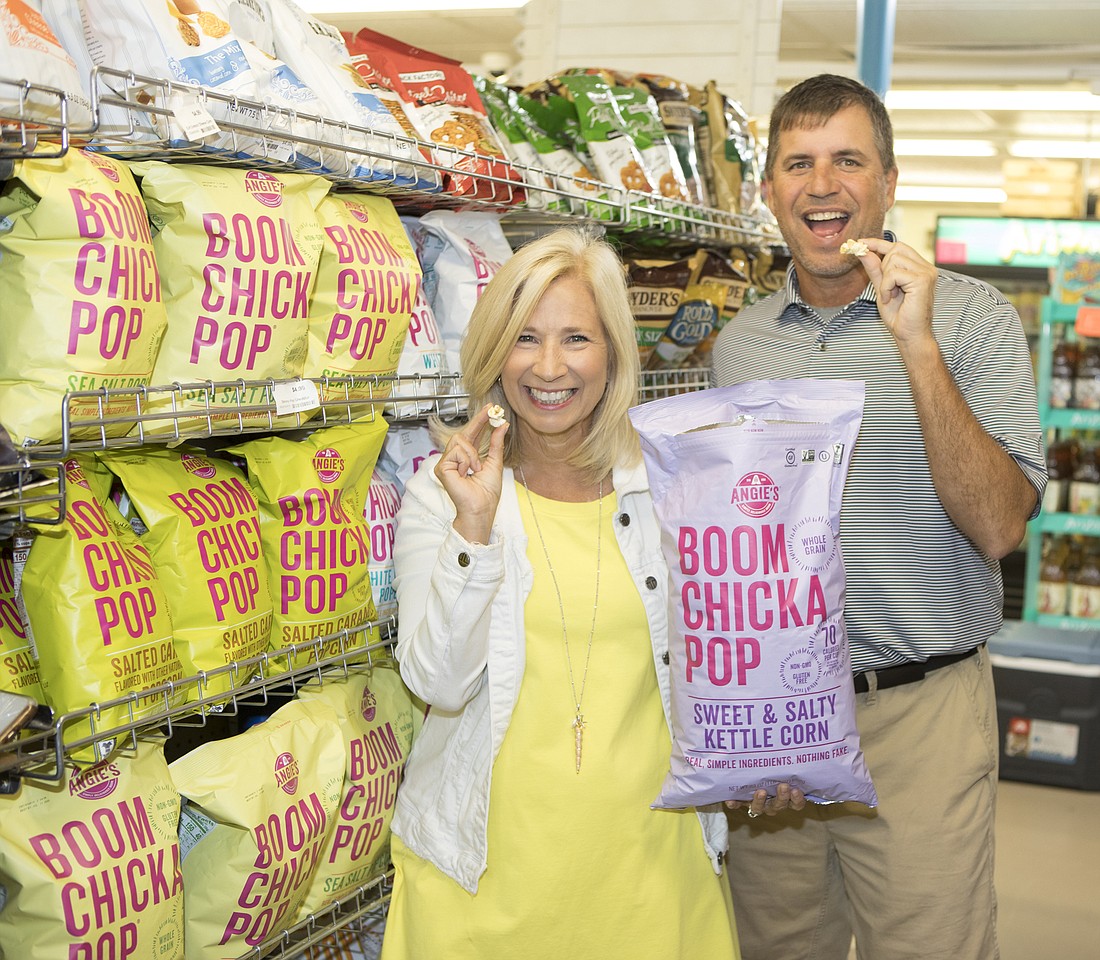- December 15, 2025
-
-
Loading

Loading

Angie Bastian first tried kettle corn, she recalls, when her kids were little and she and her husband, Dan, took them to festivals at Hunsader Farms, east of Interstate 75 in Manatee County.
Two decades later, after a family move to Minnesota and now back, part time, in the Sarasota area, the Bastians have a powerful kettle corn and popcorn-driven entrepreneurial success story: The couple built Angie’s Boomchickapop into a $90 million snack company, focused on a variety of healthy, better-for-you popcorn flavors. The company’s popcorn, gluten-free and with non-GMO products, is sold in thousands of grocery stores, Costcos, Targets and online.